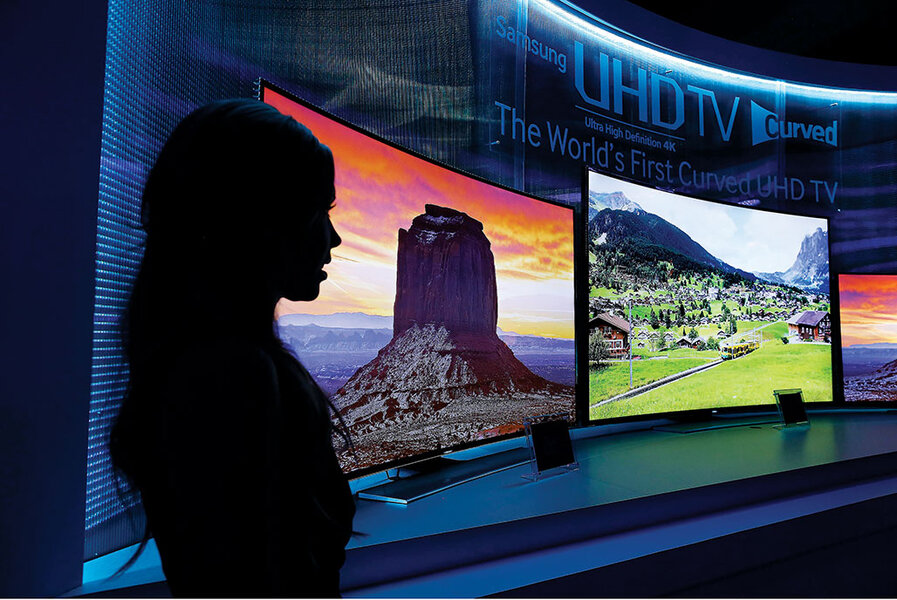Future is fuzzy for 4K, ultra-high-definition TVs
Loading...
Around this time last year, TV manufacturers trumpeted the arrival of 4K ultra-high-definition televisions. The pricey and often humongous TVs pack in four times as many pixels as top-of-the-line HD sets.
But new technology often faces a chicken-and-egg problem. Even if you bought a 4K UHD TV, what would you watch on it? Very few movies support the new resolution. Some Blu-ray players promise to convert regular high-definition video to something approximating ultra high definition, but such techniques are stopgap solutions while TV makers wait for Hollywood to catch up. Instead, online companies such as Netflix and YouTube have taken the lead.
"This year, we started to see delivery of 4K content, but what might be surprising to some is that [4K] streaming video will likely be first," says Steve Koenig, director of industry analysis for the Consumer Electronics Association.
On Feb. 14, the second season of "House of Cards" premiered on Netflix in 4K. The video-streaming service will also present all five seasons of "Breaking Bad" and many of Netflix's future original series in 4K.
YouTube has embraced a new way to encode video, one that will make it easier to handle ultra high definition. And Samsung teamed up with Comcast to create an online 4K video service that will run on Samsung TVs.
To enjoy this superior picture quality, you will need a UHD TV and an Internet connection of at least 15.6 megabits per second, according to Netflix. That's in line with some cable-modem speeds, but well beyond a DSL connection.
Cramming all that data onto a disc has been a problem for Hollywood. A 4K movie takes up about 100 gigabytes, according to Samsung. Most Blu-ray discs top out at 25 gigabytes. DVDs hold only 4.7 gigabytes. The group behind Blu-ray recently approved discs that can handle a full 4K movie, but studios have been slow to turn them around.
Right now, there's little reason to rush. The average TV size in the United States jumped from 22 inches in 1997 to 39 inches last year. But from a normal viewing distance, the human eye can't see the difference between HD and UHD until you get to 50- or 65-inch televisions. With current UHD TVs costing thousands of dollars, Hollywood can take its time – and the chicken-and-egg problem continues.
For more on how technology intersects daily life, follow Chris on Twitter @venturenaut.
This article ran in the February 10 issue of the Christian Science Monitor magazine.







